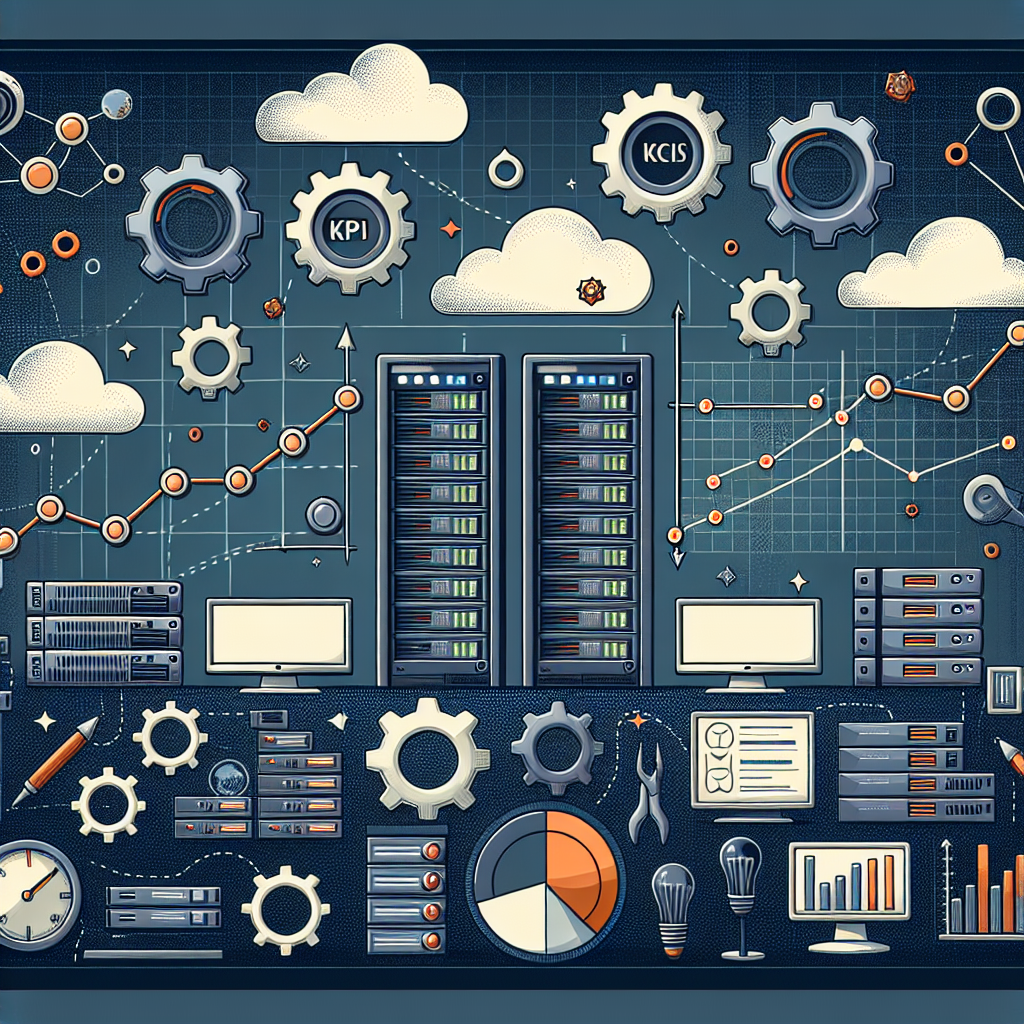Maintenance has always been a crucial aspect of ensuring the smooth operation of equipment, machinery, and infrastructure. Traditionally, maintenance has been a reactive practice, where issues are addressed only after they arise. However, with the advancement of technology and the rise of predictive maintenance techniques, the future of maintenance is shifting towards a more proactive approach.
Embracing a proactive approach to maintenance involves using data and analytics to predict when equipment is likely to fail, allowing maintenance teams to address issues before they cause downtime or costly repairs. This shift towards proactive maintenance has the potential to revolutionize the way organizations manage their assets, improve operational efficiency, and reduce overall maintenance costs.
One of the key benefits of proactive maintenance is the ability to schedule maintenance activities during planned downtime, rather than waiting for equipment to fail unexpectedly. This minimizes disruptions to operations and allows organizations to better manage their resources and labor. Additionally, by addressing issues before they escalate, organizations can extend the lifespan of their equipment and reduce the need for costly repairs or replacements.
Another advantage of proactive maintenance is the ability to prioritize maintenance activities based on the criticality of equipment. By analyzing data on equipment performance and reliability, organizations can identify which assets are most at risk of failure and allocate resources accordingly. This targeted approach to maintenance can help organizations optimize their maintenance budgets and ensure that critical assets are properly maintained.
In order to successfully implement a proactive maintenance strategy, organizations must invest in the right technology and tools. This may include deploying sensors and monitoring devices to collect real-time data on equipment performance, implementing predictive maintenance software to analyze this data and predict potential failures, and training maintenance teams on how to interpret and act on this information.
Ultimately, embracing a proactive approach to maintenance is essential for organizations looking to stay competitive in today’s fast-paced business environment. By leveraging data and analytics to predict and prevent equipment failures, organizations can improve operational efficiency, reduce downtime, and extend the lifespan of their assets. As technology continues to advance, the future of maintenance will undoubtedly be proactive – and those organizations that embrace this approach will be better positioned for success.









